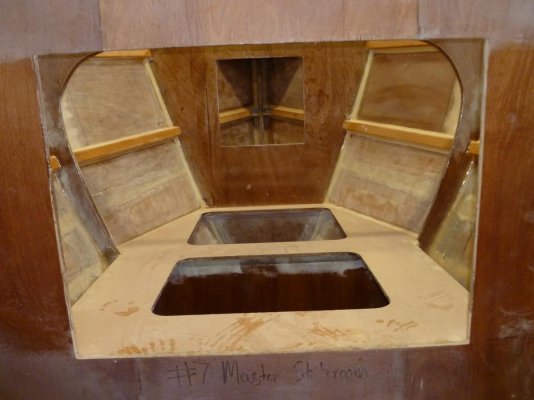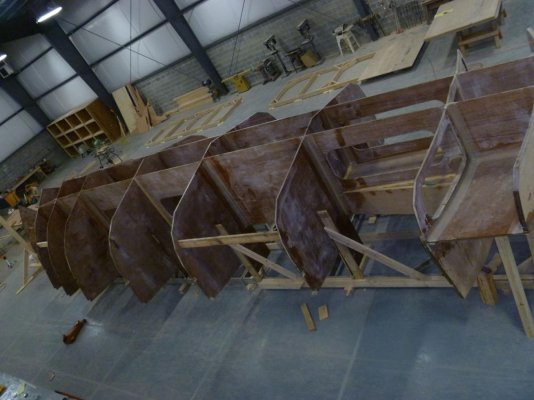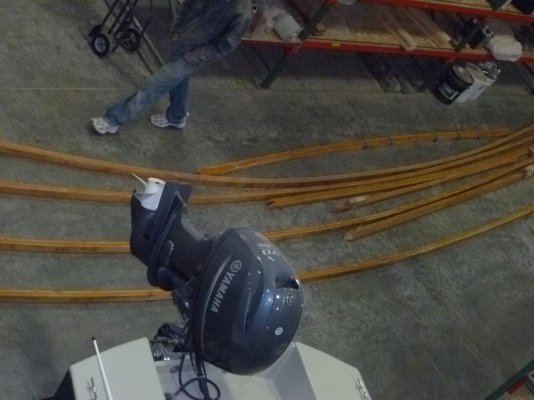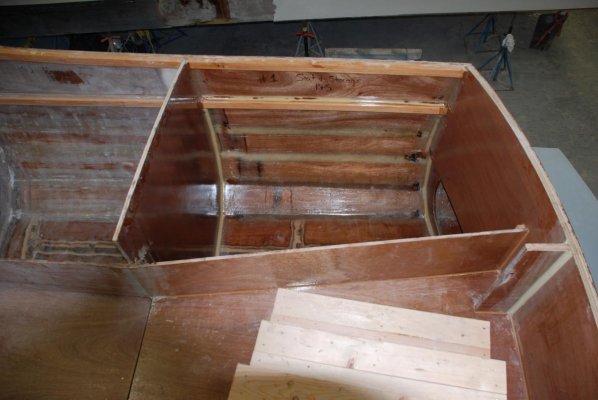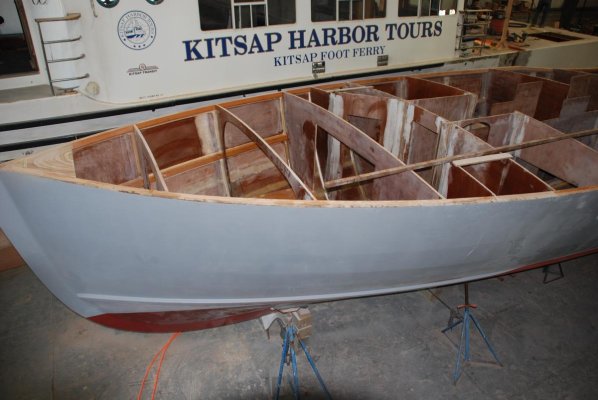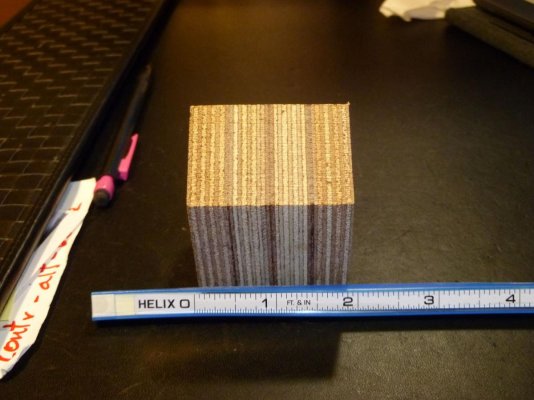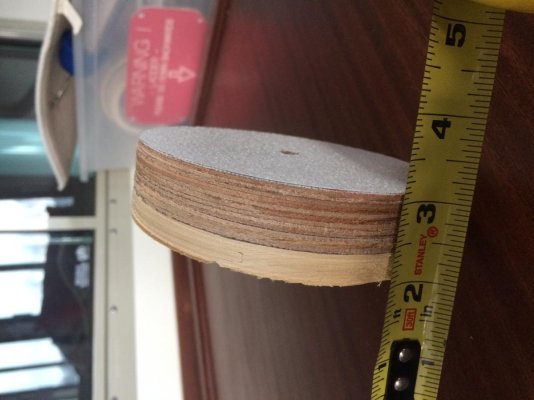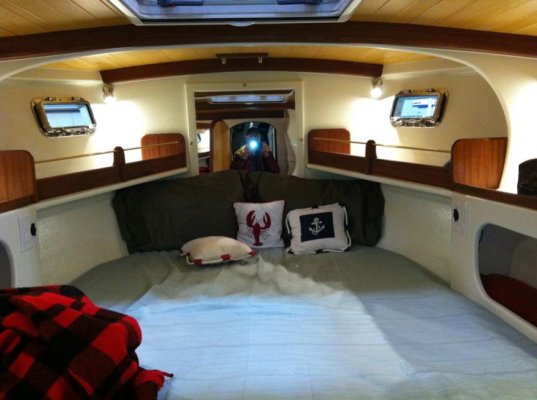brian eiland
Guru
- Joined
- Jul 17, 2013
- Messages
- 930
- Location
- USA & Thailand
- Vessel Name
- RunningTide
- Vessel Make
- 37 Louisiane catamaran
Wood for Hull (and likely deck)
This posting deserves reposting,
....along with some new info and photos from Ed
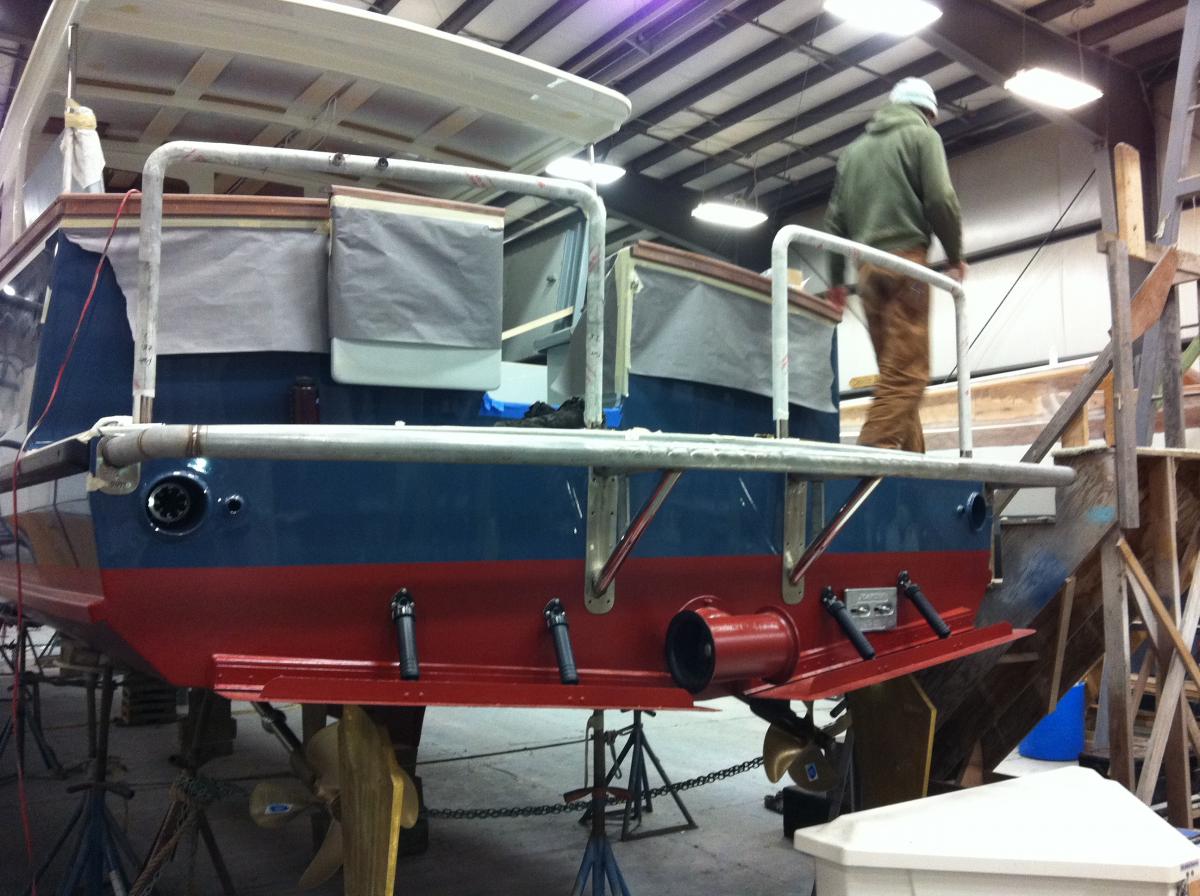
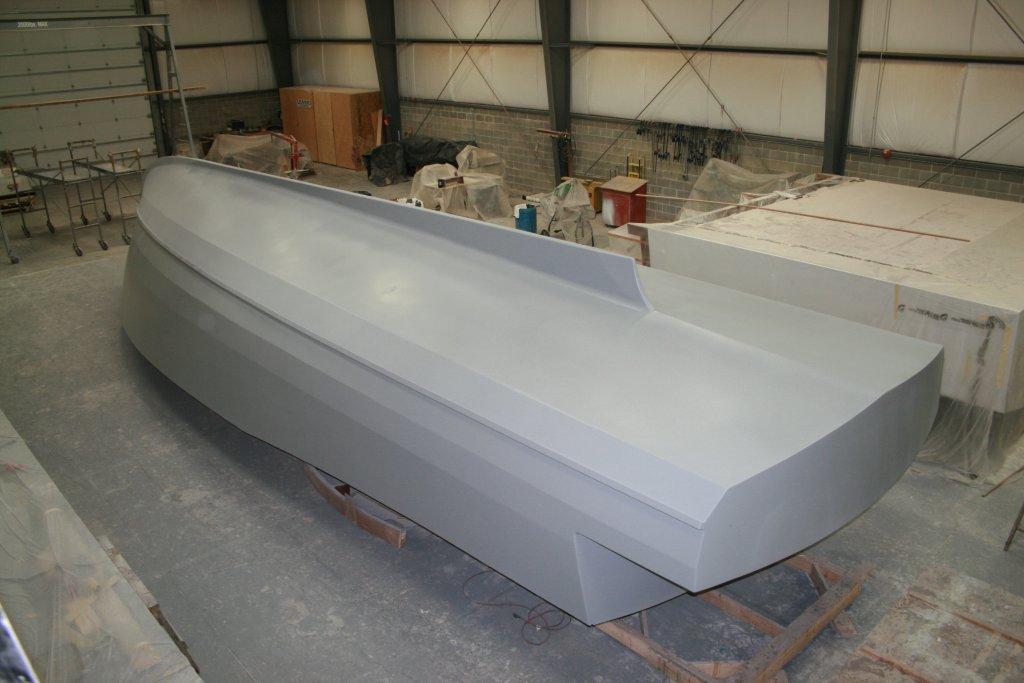
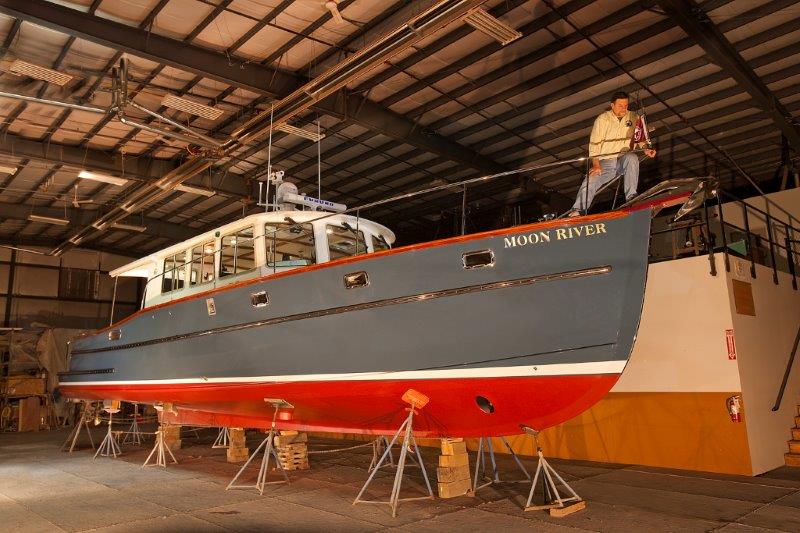
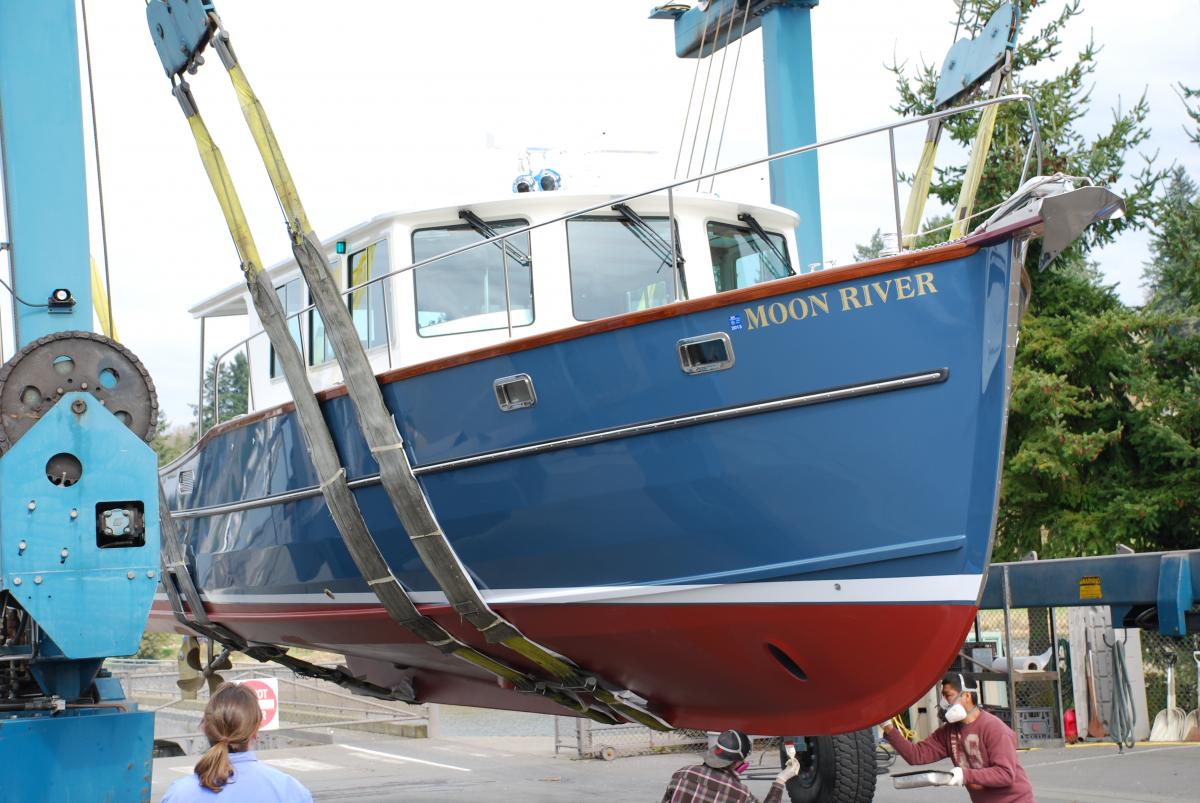
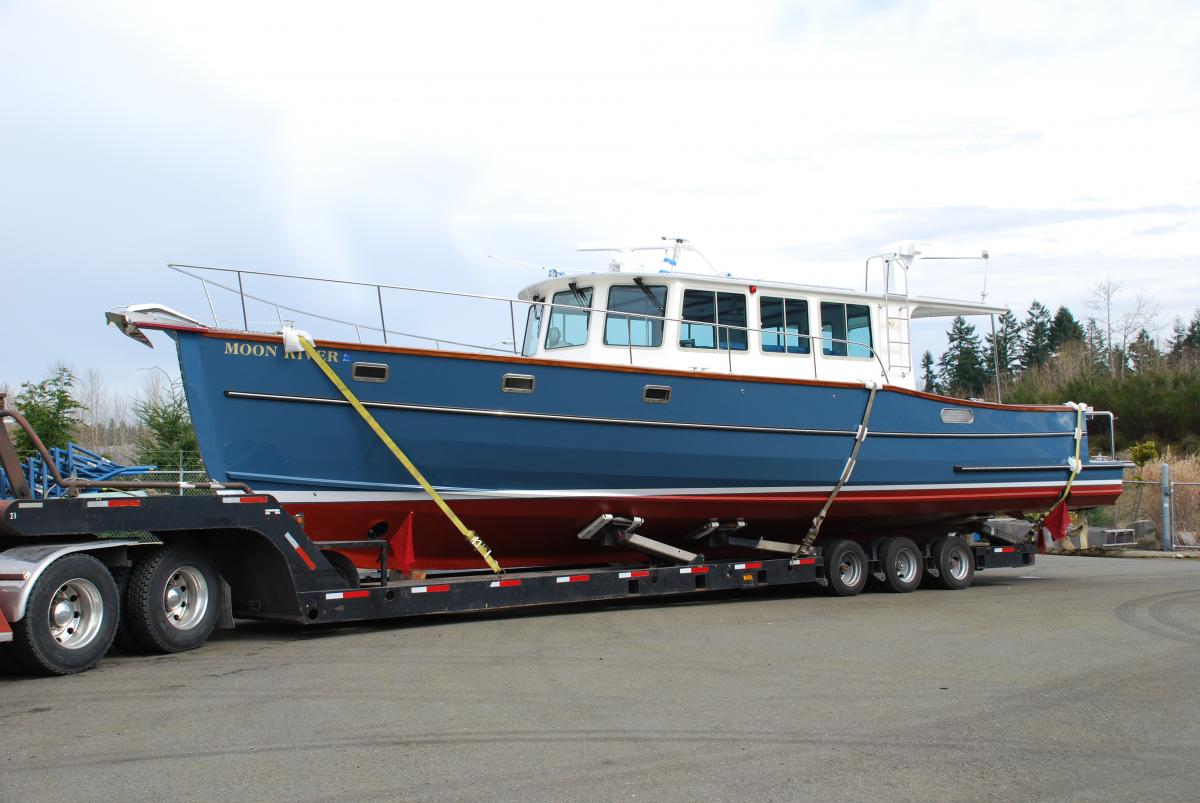
This posting deserves reposting,
My boat was built with computer cut sections of high grade ply wood with multiple layers of 8MM thick sections formed into 50 ft long planks and chine construction over the bulkheads similar to a metal hull. instead of welds taped and Epoxy glued and glass covered. Wood used by this method properly done should not be discounted it is a superb structural substance when applied properly. The end result is a lite strong one piece boat with no structural fasteners well insulated and waterproof and remember wood floats. Repairs and modifications do not need welding equipment and some epoxy and glass cloth can do out back fixes with only moderate skill which most skippers have.
....along with some new info and photos from Ed
Moon rivers bottom. Designed to be SD speed scale 5-18K cruise. Specs.; 52 ft. LOA 46+ ft. LWL 14 ft. beam approx. Wt. fully loaded 34,000 lb. Twin JD 6068 engines 22X26 4 blade props on 2 inch shafts. ZF 301A straight drive transmissions. Intended use purpose. Variable speed protected waters express cruiser capable of summer cruising in PNW to carry regular crew of two and be fully single hand capable. Accommodations for two and four family guests kids and grand kids on rare occasions. While this boat can cross some significant costal open water and probably is more capable than many this design was not meant for open water and big wave use.
Last edited:



